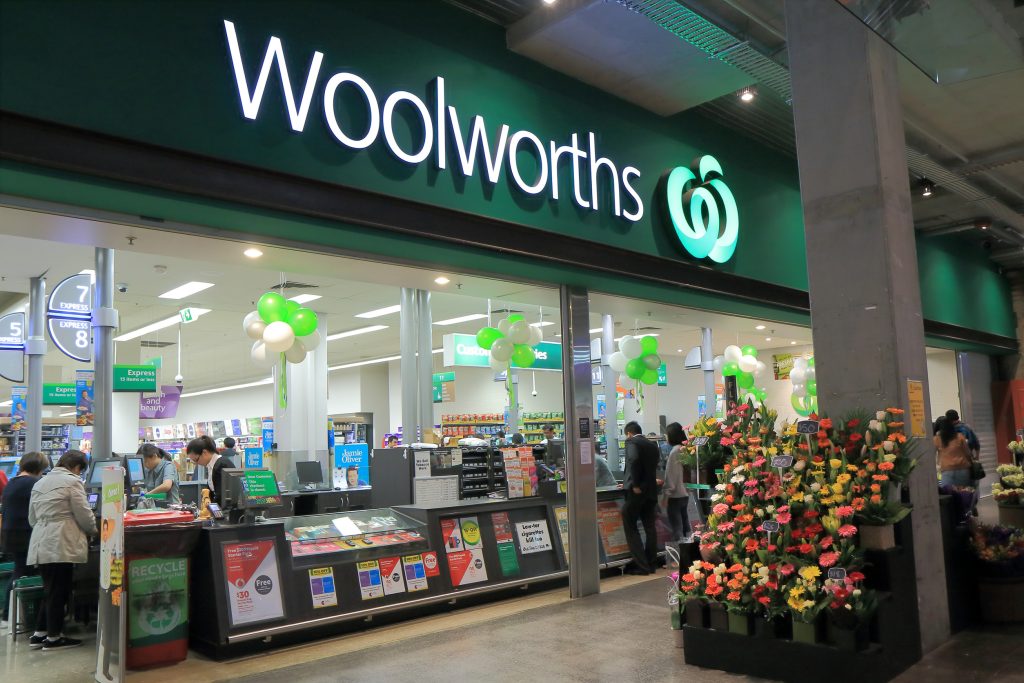
There was a time before online shopping and big-box dominance, when main streets and shopping malls were vibrant hubs of community life. Certain stores were more than just places to buy things. Instead, they were destinations where you got your first record, your back-to-school clothes, or your family’s first color TV. For many Baby Boomers, the memory of these stores is a powerful form of nostalgia because they represent a different era of commerce and culture. Let’s revisit six stores Boomers still talk about long after they locked their doors for the last time.
1. Woolworth’s
F. W. Woolworth’s was the original five-and-dime. It was a wonderland of affordable goods where you could find everything from sewing needles to pet turtles. Famously, the stores had lunch counters. You could sit on a swivel stool and order a grilled cheese sandwich and a milkshake. As a result, it was a central part of downtown life in almost every American city.
For Boomers, Woolworth’s represents a sense of simple, accessible pleasure. In fact, it was a place where a kid’s allowance could actually buy something fun. The closure of the last stores in the 1990s consequently marked the end of an era. It was a sign that the classic American main street was changing forever.
2. Montgomery Ward
Alongside Sears, Montgomery Ward was a mail-order giant. Their massive catalogs, for example, were known as “wish books.” Families would gather around and circle items for their Christmas lists. The stores themselves were also huge department stores. They sold everything from clothing and appliances to auto parts under the “Riverside” brand.
Many Boomers remember it as a reliable, one-stop shop. Indeed, it was a cornerstone of the American middle class. When the company finally went out of business in 2001, it felt like losing an old, dependable friend. It was a stark reminder of the shifting retail landscape.
3. Service Merchandise
Service Merchandise had a unique business model as a catalog showroom. First, you would walk through the store and look at display models of products. Then, you filled out a form with the item number you wanted. After paying at a register, you took your receipt to a window where your purchase would emerge from the back on a conveyor belt.
This process felt futuristic and efficient at the time. The store was a go-to for jewelry, electronics, and housewares. Boomers often talk about the excitement of waiting for their item to appear on the belt. Ultimately, its demise was a casualty of the rise of more efficient big-box stores like Best Buy and Bed Bath & Beyond.
4. A&P (The Great Atlantic & Pacific Tea Company)
For much of the 20th century, A&P was the largest grocery retailer in the world. It was a true pioneer of the modern supermarket. Specifically, Boomers remember the iconic red-and-black logo. They also recall the smell of the coffee grinders at the front of the store, while A&P’s own brands, like Ann Page and Jane Parker, were staples in millions of pantries.
The company’s long, slow decline and eventual bankruptcy felt personal to many shoppers. After all, it was the grocery store their mothers shopped at. Its disappearance was another broken link to a cherished past. It was one of the many stores Boomers talk about with a sense of loss.
5. Korvettes
Korvettes was one of America’s first discount department stores. Although it started as a luggage and appliance seller in New York City, it grew into a major retail force on the East Coast. It was known for its wide selection and competitive prices, especially on electronics and records. For this reason, music lovers fondly remember flipping through its vast vinyl record bins.
Korvettes was a precursor to today’s big-box stores because it offered a no-frills shopping experience that prioritized value. Its success paved the way for future giants, but it eventually faded away. For many Boomers, it was their first taste of discount culture.
6. Zayre
Zayre was another beloved discount department store chain, particularly popular in the eastern and midwestern United States. It offered a similar all-in-one shopping experience to its competitors. For instance, you could buy clothes, toys, and housewares all under one roof. The store had a reputation for being a bit chaotic but always having a good bargain.
The chain was eventually bought out, and most of its locations were converted into Ames or Target stores. But for those who grew up with it, Zayre holds a special place. It evokes memories of back-to-school shopping and treasure hunting through cluttered aisles for the perfect deal.
More Than Just a Store
The fondness for these defunct retailers goes beyond the products they sold. In reality, these stores Boomers talk about are symbols. They symbolize a time of bustling downtowns and personal customer service. Moreover, they represent a shared cultural experience that has largely vanished. The memories are not just about shopping, but about a way of life that seems simpler and more connected in hindsight.
What store from the past do you miss the most? Share your memories in the comments.
What to Read Next…
- 8 Things Boomers Say That Sound Offensive to Gen Z
- We Didn’t Need iPads—We Had These Legendary Toys
- 10 Childhood Toys from the 90s That Were Surprisingly Hazardous
- 12 Childhood Snacks That Disappeared Overnight—And The Real Reason Behind It
- 10 Outdated Habits That Are Quietly Costing Boomers Thousands

Latrice is a dedicated professional with a rich background in social work, complemented by an Associate Degree in the field. Her journey has been uniquely shaped by the rewarding experience of being a stay-at-home mom to her two children, aged 13 and 5. This role has not only been a testament to her commitment to family but has also provided her with invaluable life lessons and insights.
As a mother, Latrice has embraced the opportunity to educate her children on essential life skills, with a special focus on financial literacy, the nuances of life, and the importance of inner peace.







